Handmade Fittings
Dreadnought manufacture a wide range of clay roof tile fittings to complement all the Dreadnought tile colours and tile ranges. Dreadnought Fittings are hand made. If you have special designs or would like an existing feature to be matched, contact our sales office who will be delighted to discuss your requirements.
Arris hips
|
Good for both contemporary and heritage projects, arris hips give a sharp definition to the profile of the roof. Unlike bonnet hips, they are pitch specific and you will need to state your roof pitch when you order. 35°, 40°, 45° and 50° arris hips are available as standard, and hips for other pitches can be made as specials. If the specials are for a heritage project, it is best if an old fitting can be supplied for our craftsmen to use as a pattern.
A small amount of mortar is used to bed down an arris hip, though the mortar is not visible or exposed to the weather. Arris hips are both aesthetically pleasing and low maintenance.
NB it is important that the pitches of the intersecting roofs are the the same.
Bonnet hips
|
These are not pitch specific and work with any roof pitch from 35-50o although it is important that the two pitches of the intersecting roofs are the same in order to line up the coursing. Bonnet hips provide a rounded soft profile to a roof. They do not fit close to the hip tile beneath them like an arris hip and mortar bedding must be used to fill the spaces between one hip tile and the one beneath. This bedding gives a pleasing effect if it is struck back about 15mm from the edge of the hip tile and the edge is wiped clean.
Valley tiles
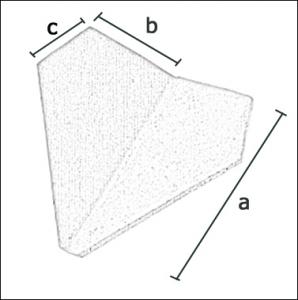
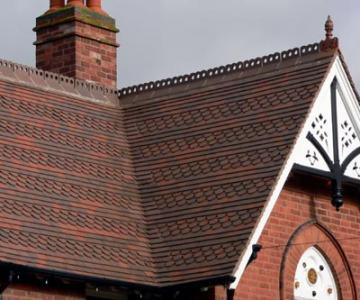
| Pitch | Valley Ref | angle | a | b | c |
| 35o | 110V | 148 | 260 | 125 | 100 |
| 40o | 100V | 141 | 260 | 125 | 95 |
| 45o | 90V | 135 | 260 | 120 | 90 |
| 50o | 80V | 129 | 260 | 125 | 85 |
Like arris hip tiles, valley tiles are also pitch specific and Dreadnought offer a standard range of valley tiles to course with plain tiles in pitches of 35°, 40°, 45° and 50°. Valley tiles for other pitches can be made as specials. Again it is important that the two interconnecting roofs have the same pitch. No mortar is required as they are held in place by the two adjacent plain tiles, both of which are twice nailed. This provides a sound and visually attractive form of valley covering.
|
|
Cloaked verge
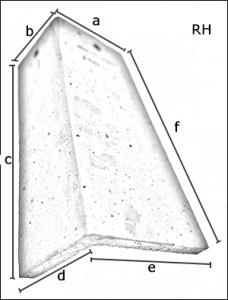
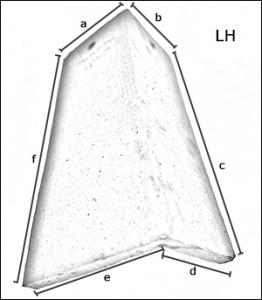
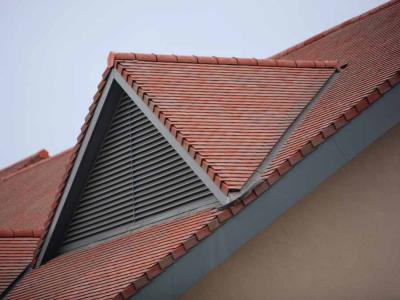
| a | b | c | d | e | f |
| 92 | 100 | 270 | 130 | 100 | 265 |
Cloaked verges offer a dry-fix, mortar free solution to the verge of a roof. They are handed left and right and are nailed in place to provide a neat and attractive solution at the end of gables and dormers.
Cloaked verges are quick and straightforward for the roofing contractor to install as he/she does not need to worry about weather constraints and they are also maintenance free unlike the mortared verge which will need repointing over time.
External angles
| angle | a | b | c | d | e |
| 90o | 265 | 80 | 160 | 32 | 116 |
| 120o | 265 | 75 | 170 | 60 | 140 |
| 135o | 265 | 80 | 160 | 65 | 150 |
External angle tiles are used in vertical tiling. They are handed left and right and laid alternately up the exterior corner of a building. Standard angles are 120 dgrees, 135 degrees and 90 degrees. When the angle is 90 degrees, they are often called bay angles.
Internal angles
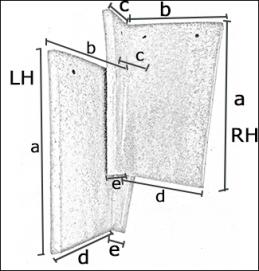
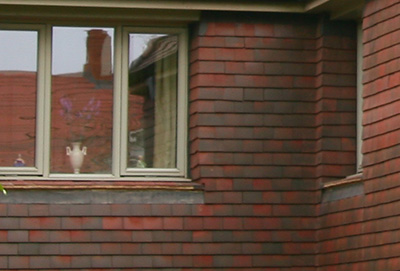
| angle | a | b | c | d | e |
| 90o | 265 | 175 | 80 | 140 | 30 |
Internal angle tiles are used in vertical tiling. They are handed left and right and laid alternately up the interior corner of a building. Standard angles are 90 degrees other internal angle tiles are available on request.
Mansard tiles
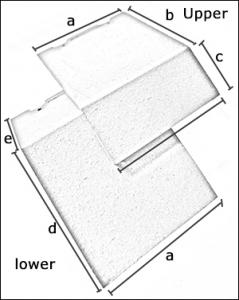
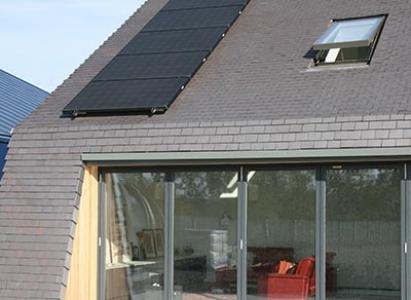
| angle | a | b | c | d | e |
| >90 & <180o | 165 | 185 | 75 | 175 | 85 |
Mansard tiles provide a very neat and seamless solution to a change in roof pitch and can also be used to allow the roof tiles to transition from the roof down onto the walls of a building. The use of mansard tiles can help to achieve a contemporary minimalist design with clean simple lines. The angle should be specified when ordering.
Please note: Clay is a natural material and all our products are subject to dimensional tolerances. These dimensions are approximate and typical of the product but should not be taken as a guarantee of characteristics.
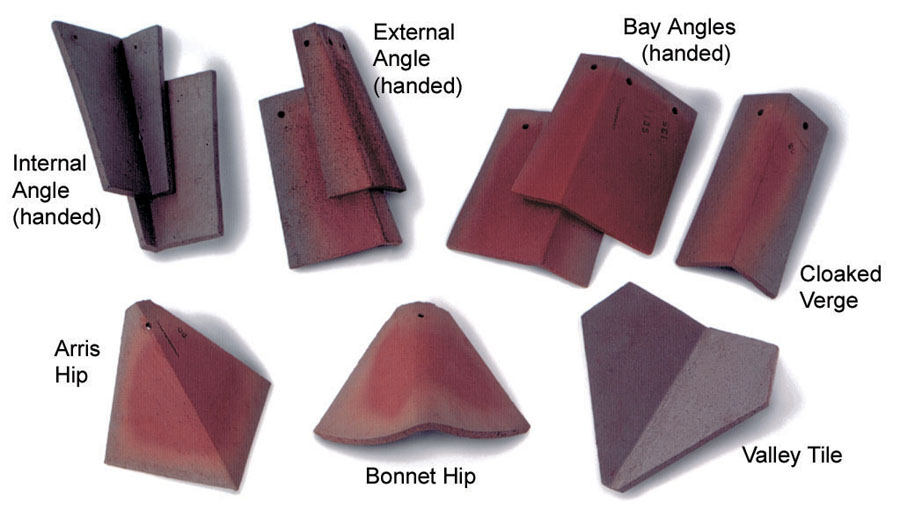
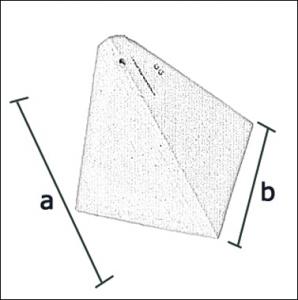
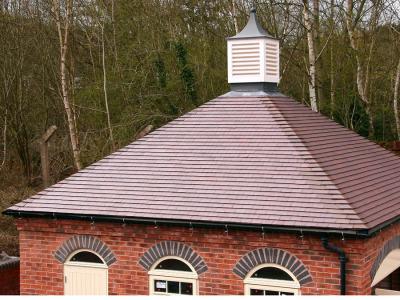
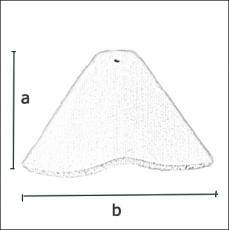
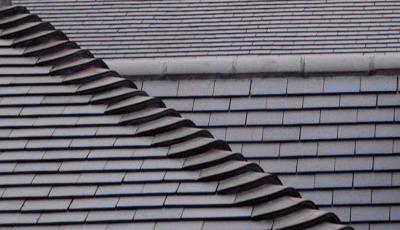
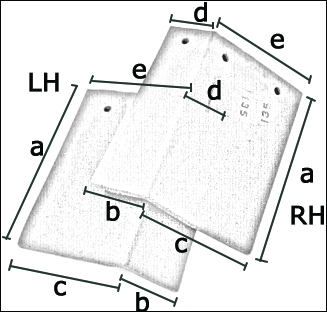
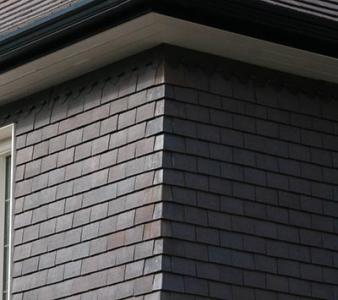
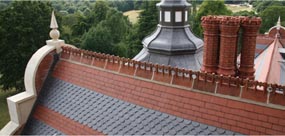
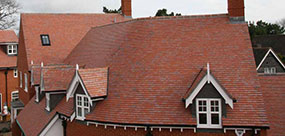
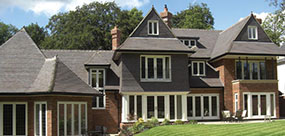



-A.jpg)


